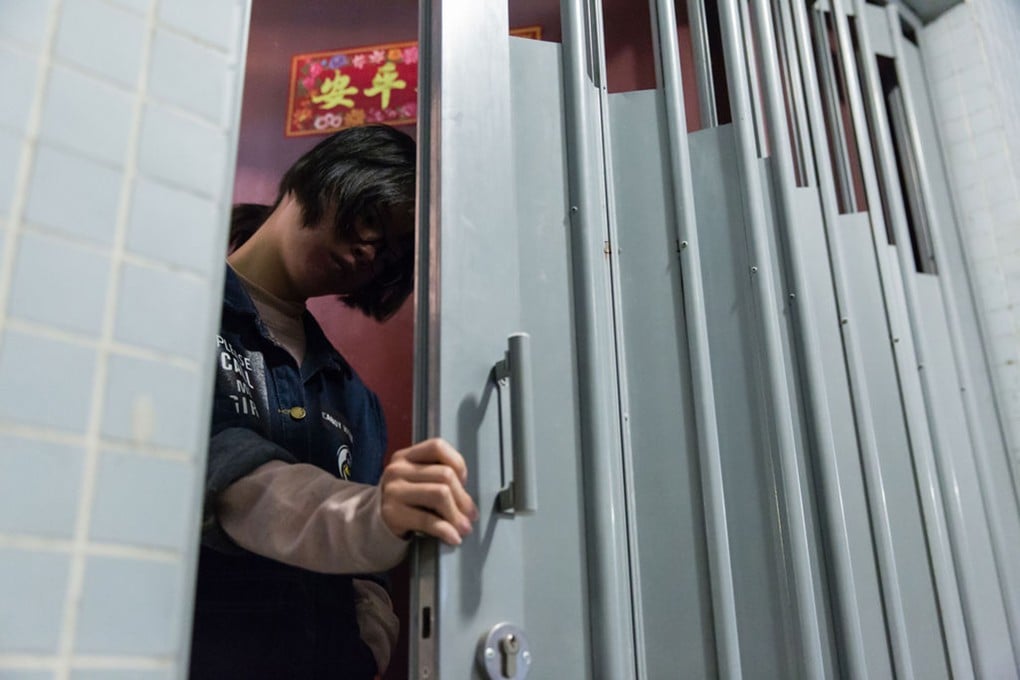Hong Kong’s hidden youth: societal pressure driving city’s young into apathy and reclusiveness
- Hikikomori trend is widely known in Japan, but receives little attention here, where up to 2 per cent of the population may be withdrawn
- Confucian societies are seen as more susceptible because of parental pressure and peer expectations

When she was 19, aspiring artist Tung shut herself inside her parents’ cramped, 350 sq ft flat in Tin Shui Wai, and did not emerge for a year.
She wasn’t trapped. She wasn’t sick. She was just … alone.
During that year, she woke up around noon daily, avoided contact with her parents and older sister, and moved from her bunk bed to a desk nearby to sketch or paint. Invariably, she ended up staring at the wall.
Determined to block out the external world, she had become what is known as a socially withdrawn or “hidden” youth.
Tung, who preferred not to give her full name, is among 140,000 young people in Hong Kong in similar situations, according to Dr Paul Wong, a clinical psychologist at the University of Hong Kong and an expert in social withdrawal. He estimates that up to 2 per cent of Hong Kong’s population could be considered withdrawn, significantly higher than in Japan, where the condition is better known and estimates of prevalence range from 0.4 to 1.2 per cent.
In Japan, young recluses like Tung are known as hikikomori, a reference to their extreme social withdrawal. They do not leave home, and disengage from everything beyond their bedroom walls, often replacing the outside world with computer games, anime or cartoons, as well as alcohol or drugs.
